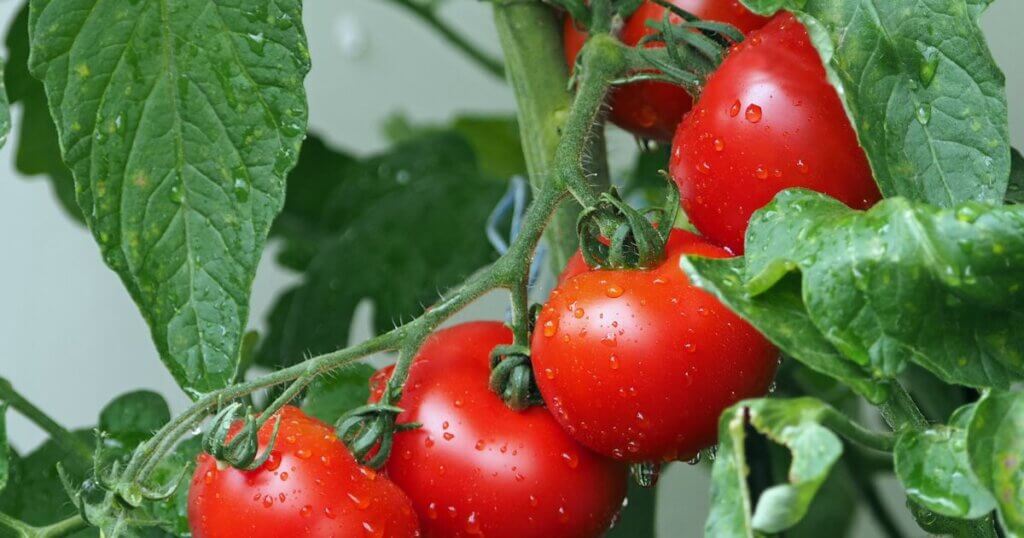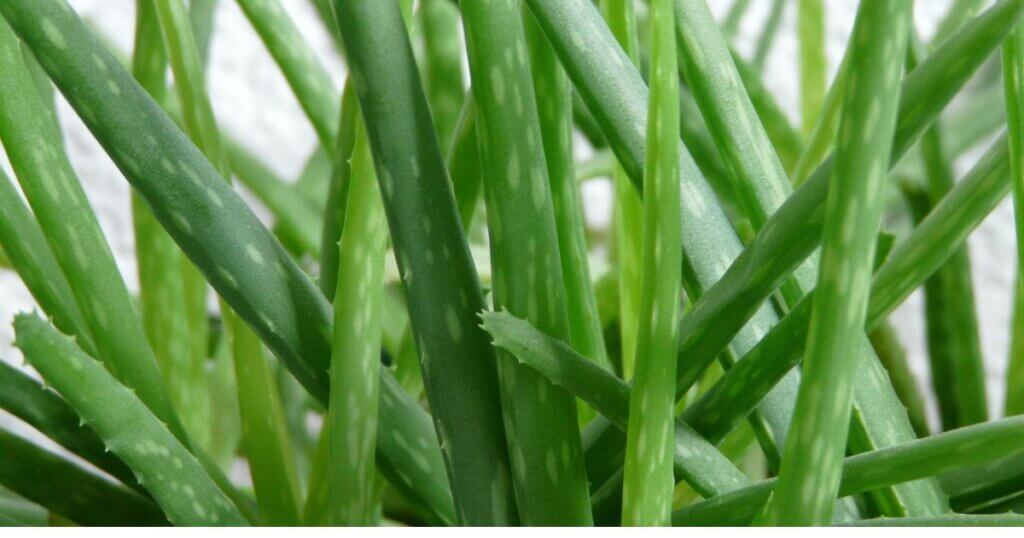Unlock the Secret: How to Grow Lavender Indoors Successfully

Some of the links in this post are affiliate links. As an Amazon Associate, we earn a referral fee from qualifying purchases—at no extra cost to you.
Table of Contents
Lavender’s soothing scent and beautiful blooms make it a beloved addition to any home. Growing lavender indoors allows you to enjoy its benefits year-round, no matter where you live. In this guide, we’ll unlock the secrets to successfully growing lavender indoors, ensuring that your home is filled with this fragrant, vibrant plant.
Choosing the Right Lavender Variety
Not all lavender varieties are well-suited for indoor cultivation. Selecting the right type is crucial for successful growth. Among the many varieties available, a few stand out as particularly well-suited for indoor environments due to their size, growth habits, and light requirements.
English Lavender (Lavandula angustifolia)
It is often the go-to choice for indoor gardening. This variety is known for its compact size, making it easy to manage in pots. It produces lovely, fragrant blooms that are perfect for decorative and culinary uses. English lavender is relatively hardy and can tolerate a range of indoor conditions, which makes it an excellent option for beginners.
French Lavender (Lavandula dentata)
French Lavender (Lavandula dentata), with its distinctive serrated leaves and strong aroma, is another fantastic choice for growing indoors. This variety not only adds a touch of elegance to your indoor space but also thrives well in container gardening. French lavender prefers bright light and can adapt to indoor environments with proper care.
Spanish Lavender (Lavandula stoechas)
Spanish lavender is a vibrant choice, known for its striking flower spikes and petal-like bracts. Its compact size makes it ideal for indoor spaces, provided it receives plenty of light and proper care. When selecting a lavender variety, consider its size, light needs, and intended use. Understanding each type’s care requirements ensures a thriving indoor lavender garden.
English Lavender: The Indoor-Friendly Choice
English lavender (Lavandula angustifolia) is a resilient plant that thrives in various climates and soil conditions. It resists drought, pests, and cooler temperatures, making it ideal for low-maintenance gardening. Its compact size suits indoor spaces, adding beauty with silvery-green foliage and a calming fragrance. The soothing scent promotes relaxation, making it a perfect choice for homes and offices.
French Lavender: A Fragrant Option
French lavender (Lavandula dentata) has a strong, distinctive scent and uniquely serrated leaves. Its textured foliage adds visual appeal, making it a stylish indoor plant. With ample sunlight and well-draining soil, it thrives indoors with minimal upkeep. This elegant plant enhances any room with its beauty and refreshing aroma.
Spanish Lavender: Compact and Colorful
Spanish lavender (Lavandula stoechas) is ideal for indoor growing due to its compact size and vibrant blooms. Its distinctive flower spikes with petal-like bracts add a unique charm to any space. With ample sunlight and well-draining soil, it thrives in containers with minimal upkeep. This fragrant plant enhances indoor gardens with both beauty and a refreshing aroma.
Preparing for Indoor Cultivation
Creating the perfect environment is essential for thriving lavender plants. Choose a sunny location, ideally near a south-facing window, as lavender requires at least six hours of direct sunlight daily; supplement with grow lights if needed. Maintain temperatures between 60-75°F (15-24°C) and ensure good air circulation to prevent humidity-related issues. Use a well-draining soil mix of potting soil, sand, and perlite, and plant in a terracotta pot with drainage holes to prevent waterlogging. Repot every 1-2 years to refresh the soil and support healthy root growth.
To ensure your lavender receives adequate light, especially during shorter days or in less sunny rooms, consider using a grow light. The Leoter Grow Light offers a full spectrum with red and blue LEDs, promoting healthy growth and flowering. Its adjustable design allows you to position it optimally for your plant’s needs.
Planting Lavender Indoors
Follow these steps to plant your lavender and give it the best start.
Step-by-Step Planting Guide
- Fill the pot with your well-draining soil mix.
- Plant lavender at the same depth it was growing in its nursery pot.
- Gently firm the soil around the plant and water it thoroughly.
Terracotta pots are ideal for lavender due to their porous nature, which allows for better air circulation and prevents overwatering. The FONTE Terracotta Pot is a suitable size for indoor lavender and comes with a drainage hole to ensure proper water flow.
Best Time to Plant Lavender
Spring is the ideal season to plant lavender, as the warmer temperatures and increased sunlight promote strong root development. However, if you prefer to grow lavender indoors, you can start it at any time of the year, provided you create the right conditions. Ensure the plant receives ample sunlight, well-draining soil, and proper air circulation to support healthy growth. With the right care, indoor lavender can thrive and bring beauty and fragrance to your space year-round.
Care and Maintenance
To keep your lavender healthy and blooming, water it deeply but infrequently, allowing the soil to dry out between waterings to prevent root rot. Prune regularly to maintain shape, removing spent blooms and trimming back woody stems to encourage new growth. Use a balanced, slow-release fertilizer during the growing season, avoiding over-fertilization to prevent excessive foliage and fewer flowers. Finally, monitor for pests like spider mites and aphids, treating any infestations promptly with appropriate remedies.
Regular pruning encourages bushier growth and more blooms. The Fiskars Micro-Tip Pruning Snips are designed for precision, making it easier to trim delicate lavender stems without causing damage.
Propagating Lavender
Expand your indoor garden by propagating lavender through cuttings, which is the most effective method. Use healthy, non-flowering stems for the best results, and keep the cuttings moist in a warm, bright location. With proper care, roots should develop in a few weeks, allowing you to grow new lavender plants successfully.
Harvesting Indoor Lavender
Harvest lavender when the buds are fully formed but not yet open, cutting stems in the morning for the strongest scent. After harvesting, hang the stems upside down in a cool, dark place to dry. Once dried, store the lavender in airtight containers to maintain its fragrance and quality. Regularly check for any signs of mold or moisture to ensure proper storage.
Using Your Home-Grown Lavender
Lavender has many uses around the home, including crafting sachets to freshen drawers and closets or extracting essential oils for aromatherapy. It’s also a versatile herb in the kitchen, perfect for baking, teas, and other culinary creations, though only culinary-grade lavender should be used for cooking. Its calming properties make it a favorite in aromatherapy, where dried flowers or essential oils are used to promote relaxation.
Common Challenges and Solutions
To keep your lavender healthy, address common issues such as insufficient light, overwatering, and pests. If it’s not getting enough light, move it to a brighter spot or use grow lights. Ensure proper drainage and allow the soil to dry out between waterings to prevent root rot. Regularly check for pests and treat any infestations promptly to maintain the plant’s health.
Benefits of Indoor Lavender
Growing lavender indoors offers numerous benefits, both for your well-being and your home. Lavender is well-known for its calming effects, helping to reduce stress, anxiety, and promote better sleep by releasing a soothing aroma that can create a relaxing atmosphere. In addition to its therapeutic properties, lavender’s beautiful flowers and silvery-green foliage make it an elegant addition to any room, enhancing the overall aesthetic of your home. Whether placed on a windowsill or as part of a larger indoor garden, lavender not only improves the ambiance but also brings a touch of natural beauty into your living space.
Creative Indoor Lavender Projects
Get creative with your indoor lavender plants by incorporating them into unique home decor projects. You can press lavender flowers to create stunning wall art, adding a natural, aromatic touch to your living space. For special occasions or everyday elegance, use potted lavender or dried stems to craft beautiful lavender-themed centerpieces that brighten up any table. If you’re looking to build a more expansive indoor display, combine different lavender varieties in a large pot or window box to create a mini indoor lavender garden, offering both visual appeal and a delightful fragrance.
If you’re interested in extracting essential oils from your home-grown lavender, the VEVOR Distillation Kit provides all the necessary equipment. It’s suitable for beginners and allows you to create your own lavender oils for aromatherapy or homemade products.
Conclusion
Growing lavender indoors is a rewarding experience that offers beauty, fragrance, and benefits like stress reduction and improved sleep quality. With proper care, including plenty of sunlight, well-draining soil, and moderate watering, you can enjoy lavender’s calming presence year-round. Regular pruning encourages healthy growth and enhances the plant’s visual appeal. By creating an indoor oasis with lavender, you’ll enjoy both its aesthetic charm and soothing atmosphere.
FAQs – How to grow lavender indoors
1. How do I know if I’m overwatering my lavender?
Overwatering can cause yellowing leaves and root rot. If the soil stays soggy or the plant shows signs of wilting despite moist soil, you may be watering too much. Always check that the top inch of soil is dry before watering again.
2. How can I tell if my indoor lavender is healthy?
A healthy lavender plant will have strong, upright stems, silver-green leaves, and vibrant purple flowers. If the plant appears leggy, has yellowing leaves, or drooping stems, it may be a sign of stress or poor care.
3. Can I use a regular potting mix for lavender?
Regular potting mixes may retain too much moisture for lavender. It’s best to use a cactus or succulent mix or add sand or perlite to regular potting soil to improve drainage.
4. Why is my lavender not flowering indoors?
Lavender may not bloom if it’s not receiving enough sunlight or if it’s being overwatered. Ensure it’s in a location with at least 6-8 hours of direct light per day and avoid over-watering.
5. Can I grow Lavender all year round?
Yes! As long as you provide the right conditions—plenty of sunlight, good drainage, and proper care—lavender can thrive indoors throughout the year.
Other useful sites related to How to grow lavender indoors
- How to Grow and Care for Lavender Indoors – The Spruce: This article provides comprehensive information on growing lavender indoors, including tips on sunlight, temperature, and soil requirements.
- How to grow lavender indoors (beginner-friendly) – Herbs at Home: A beginner-friendly guide that covers selecting the right lavender variety, starting plants from transplants, cuttings, or seeds, and creating ideal growing conditions.
- 11 Tips For Growing Amazing Lavender Indoors – Epic Gardening: This article offers 11 essential tips for growing lavender indoors, including choosing the right container, providing enough light, and following a careful watering regime.
- How and When to Start Lavender Indoors: Takes a Long Time to Germinate – YouTube: A video tutorial on how to start lavender indoors from seeds, covering the steps and tips for successful germination and growth.
- Growing Lavender Indoors – YouTube: Another video tutorial that covers the benefits of lavender, tips on choosing the right pot, soil, sunlight, water, and fertilizer, and how to avoid common issues like overwatering and cold temperatures.
Some Interesting Growing Lavender Indoor Videos








